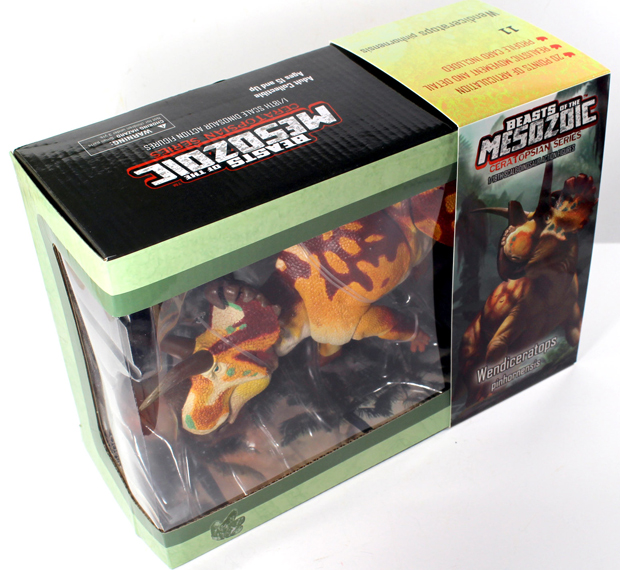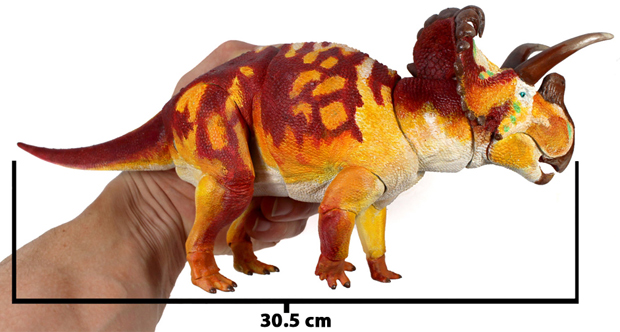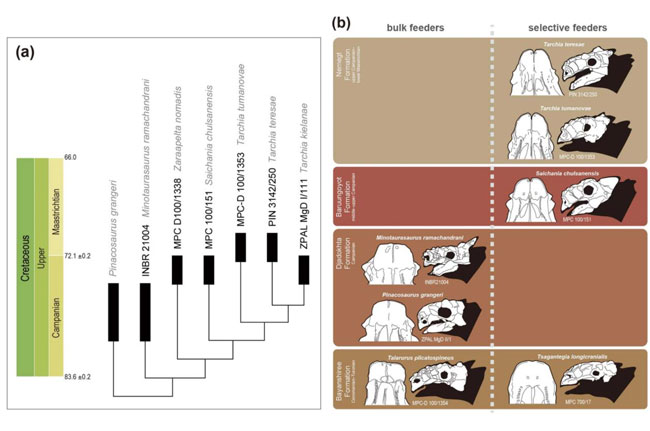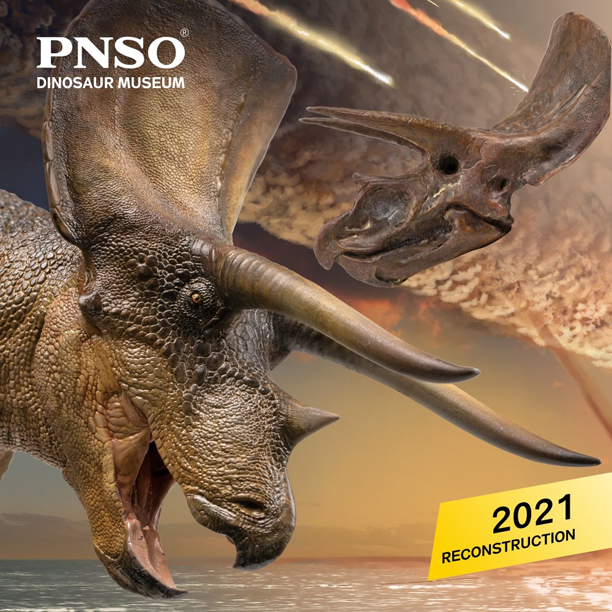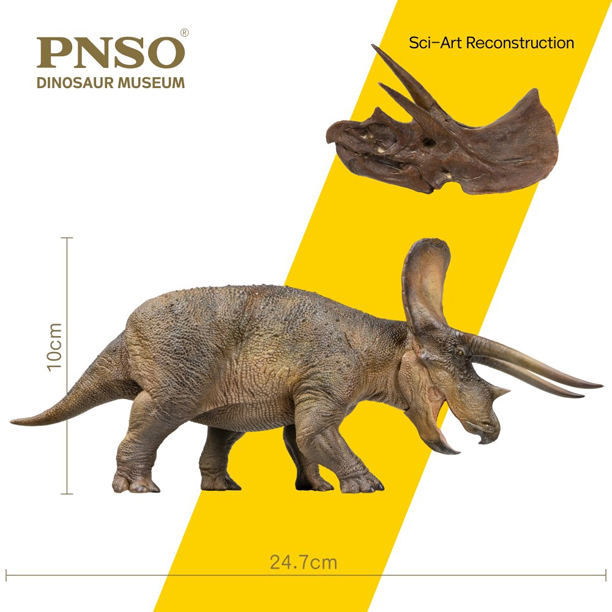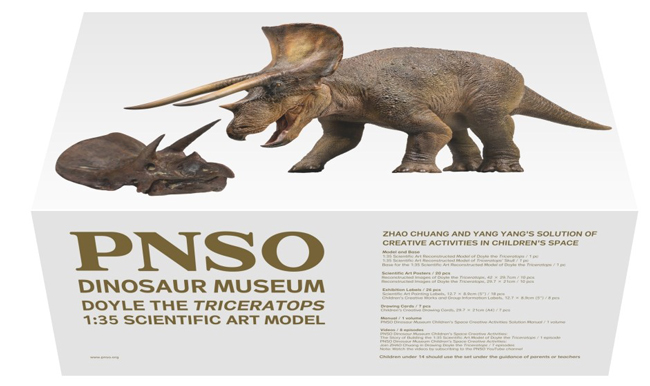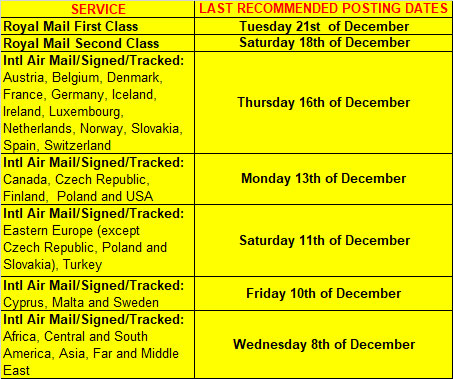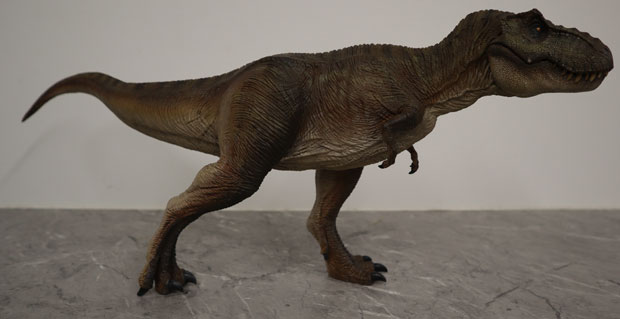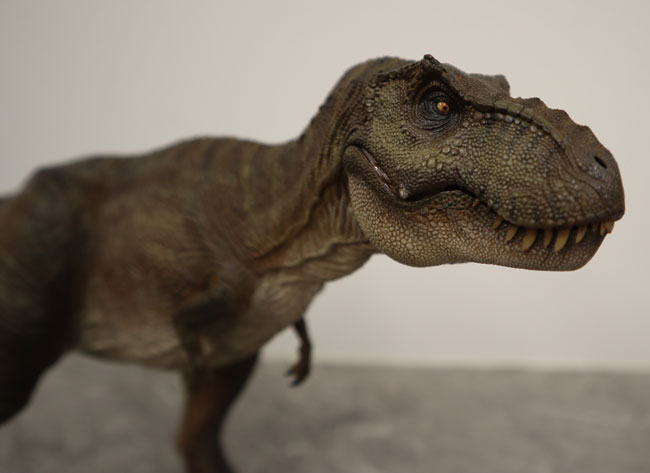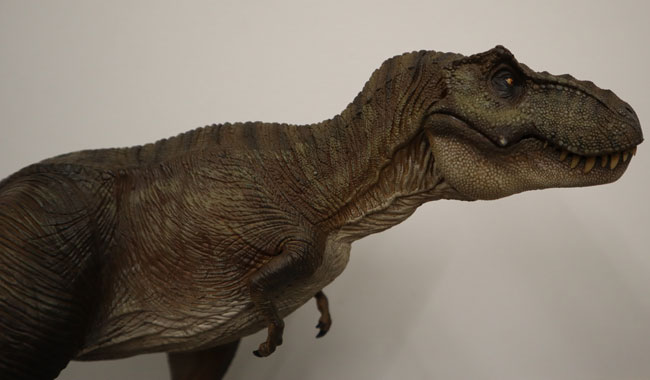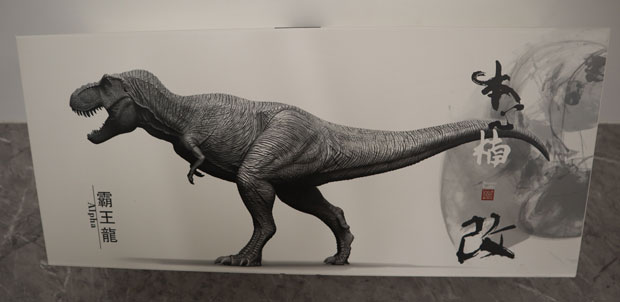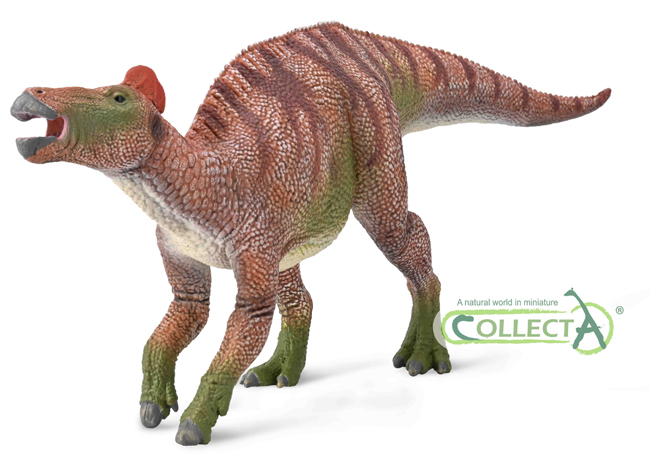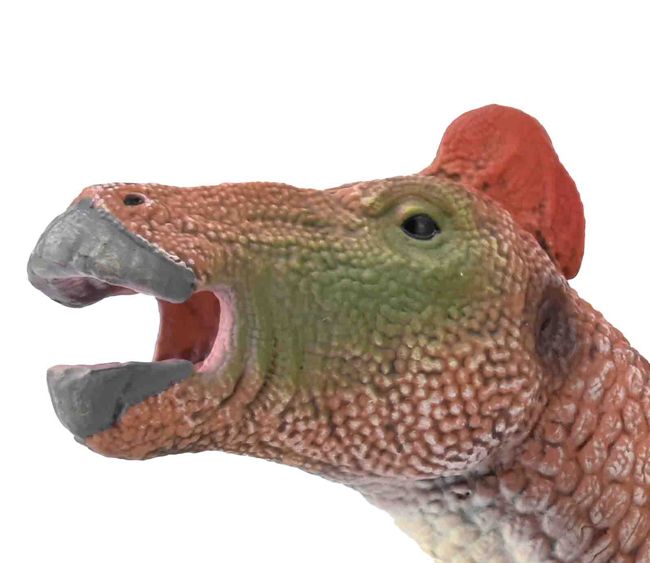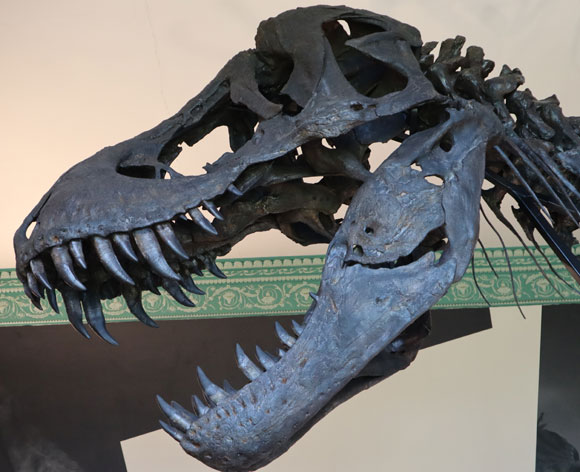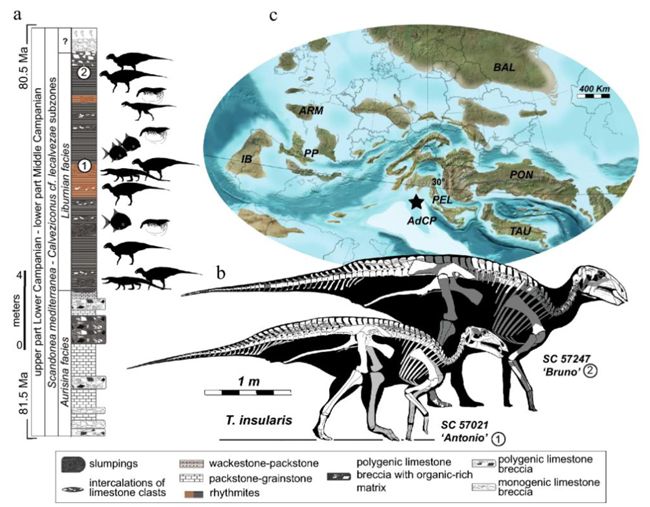A team of international researchers including scientists from the University of Manchester have published new research on the extinction of the dinosaurs. The study of Hell Creek Formation fossils suggests that the mass extinction event that marked the end of the Mesozoic some 66 million years ago took place in the spring/summer.
To clarify this, the event took place in the spring/summer season of the Northern Hemisphere. This newly published study in “Scientific Reports” supports earlier work that examined the preserved remains of water plants which also concluded a spring/summer time impact of the extra-terrestrial bolide that led to the extinction of about 75% of life on Earth.
Spring might be associated renewal and new life, but this catastrophic event led to the demise of the dinosaurs, the pterosaurs and most of the marine reptiles.
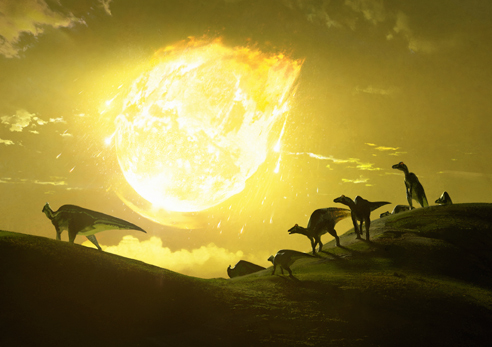
An artist’s impression of the bolide about to impact with the Gulf of Mexico 66 million years ago. Picture credit: Chase Stone.
Hell Creek Formation Fossils
The team led by University of Manchester PhD student Robert DePalma examined the Tanis research site in North Dakota, (USA). The Tanis site records the tumultuous impact event on a river system, it has preserved evidence of the scale of the catastrophe within the first few hours of the event. It provides a testament to the immense shockwaves that rocketed around the planet. The Tanis site is part of the famous Hell Creek Formation and it is regarded as one of the most highly detailed Cretaceous-Palaeogene (KPg) boundary sites in the world.
To read an earlier post from Everything Dinosaur about documenting the Tanis lagerstätte: Amazing Fossils Depict End Cretaceous Mass Extinction Event.
Commenting on the research, Robert DePalma explained:
“This project has been a huge undertaking but well worth it. For so many years we’ve collected and processed the data, and now we have compelling evidence that changes how we think of the KPg event, but can simultaneously help us better prepare for future ecological and environmental hazards”.
Examining a Global Event and its Impact on One Locality
Extensive research has documented the catastrophic Chicxulub bolide impact that hit the Yucatan Peninsula (Mexico) 66 million years ago: Most Accurate Date for KPg Extinction Event Established. The impact resulted in the most famous extinction event in our planet’s history, dramatically changing life on Earth and allowing the ascent of the mammals and eventually our own species.
DePalma added:
“Extinction can mark the end of a dynasty, but we must not forget that our own species might not have evolved if it weren’t for the impact and the timing of events that saw the end of the dinosaurs”.
The research team used a variety of techniques and lines of enquiry to document some of the finer details of this cataclysmic event, such as when did the impact occur. Multiple lines of evidence were explored including radiometric dating, stratigraphy, fossilised remains of biological marker species, and a distinctive capping layer of iridium-rich clay.
Tanis Deposits
It had already been concluded that the Tanis deposits represented the results of the seismic shockwaves and the resulting densely packed tangle of plants, animals, trees, and impact ejecta has provided an unprecedented opportunity to refine details on the KPg event, the biota that succumbed to it and the environment in which they lived.
However, time of year plays an important role in many biological functions, for example, reproduction, feeding strategies, host-parasite interactions, seasonal dormancy and breeding patterns. It is hence no surprise that the time of year for a global-scale hazard can play a big role in how severely it affects ecosystems. The seasonal timing of the Chicxulub impact has therefore been a critical question for the story of this mass extinction event.

Robert DePalma (L) and Professor Phil Manning (R) at the Iridium-bearing KPg boundary clay layer capping Tanis. Picture credit: University of Manchester.
Growth Lines Examined
Growth lines examined in the exquisitely preserved bones of fossil fish confirm that all the fish died during the spring/summer growth season. This conclusion was also confirmed by isotopic analysis. The researchers used multiple additional lines of evidence to verify the isotopic data.
The examination of juvenile fossil fish, aided in part by cutting-edge Synchrotron-Rapid-Scanning X-Ray Fluorescence (SRS-XRF) carried out at the Stanford Synchrotron Radiation Lightsource (SSRL), provided a novel way of dating the seasonal variation observed in fossils from the deposit. By comparing the sizes of the youngest fish to the growth rates of analogous modern fish, the team predicted how long after hatching they were buried. Comparing this to known modern spawning seasons enabled the team to deduce the seasonal range that was represented by the deposit at the Tanis Lagerstätte. The bolide hit in the spring/summer seasons.
Co-author of the study, Loren Gurche (University of Kansas) commented:
“Animal behaviour can be a pretty powerful tool, so we overlapped even more evidence, this time of seasonal insect behaviour, such as leaf mining and mayfly activity. They all matched up…everything points to the fact that the impact happened during the northern hemisphere equivalent of spring to summer months”.
Hell Creek Fossils and the Remarkable Tanis Location
The researchers hope that their work in combination with other studies of the remarkable Tanis location will provide further insight into the KPg extinction event and facilitate a better understanding of the response of life to catastrophic global events.
Co-author of the paper, Professor Phil Manning (University of Manchester) added:
“The hindsight that the fossil record provides can yield critical data, which can be applied today, so that we might plan for tomorrow.”
Everything Dinosaur acknowledges the assistance of a press release from the University of Manchester in the compilation of this article.
The scientific paper: “Seasonal calibration of the end-cretaceous Chicxulub impact event” by Robert A. DePalma, Anton A. Oleinik, Loren P. Gurche, David A. Burnham, Jeremy J. Klingler, Curtis J. McKinney, Frederick P. Cichocki, Peter L. Larson, Victoria M. Egerton, Roy A. Wogelius, Nicholas P. Edwards, Uwe Bergmann and Phillip L. Manning published in Scientific Reports.
Visit the award-winning Everything Dinosaur website: The Everything Dinosaur Website.



